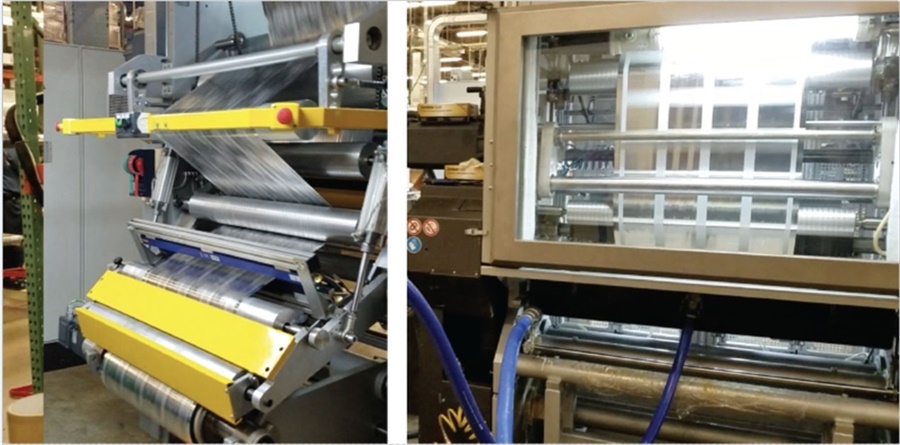Flexible Packaging: Heat Seal VS Cold Seal Packaging
Mar 09, 2022
It’s no secret that the flexible packaging market is growing and growing fast. Many consumers and packagers are turning to flexible packaging because of its light weight, convenient features, and endless customization options.
Heat seal and Cold seal are both used in a variety of flexible packaging applications. They each have difference characteristics and work best for specific product needs. Do you know the difference between the two and which works best for your application? Read on to find out.
Heat Seal Packaging
Both surface printed inks and lamination inks can also be heat sealed. In this instance, a heat sealable film is used or a heat sealable coating is used to combine two films by applying heat to achieve the seal. Sealing temperatures and pressures can vary so when formulating these types of inks, it’s important to know and test the inks under these sealing conditions. A typical sealing specification maybe 350 degrees Fahrenheit for half a second at 40p.s.i.
Heat sealing is used for joining thermoplastic films, typically less than0.5 mmthick. There are two main types of heat sealing: hot-bar welding and impulse welding.Hot-bar welding and impulse welding have found applications in a number of industrial sectors, but are most widely used in the packaging industry for sealing bags, films, and containers made from thermoplastics. This includes plastic pot and tray sealing for food packaging applications.
Cold Seal Packaging
Cold-seal packaging is a complex package. It often involves two films, one reverse-printed with the brand owner’s graphics, and a second that provides the barrier to protect the product inside.
These two films are then laminated together to produce a single inseparable web. From there, the cold seal is applied on the inside surface of the web in a pattern registered/aligned with the graphics on the outside of the web.
Many temperature-sensitive confectionary items (e.g. chocolate) are packaged and sealed using cold seal adhesives. These surface printed constructions consist of a surface printed ink and a cold seal release lacquer (CSRL), which prevents the printed ink from offsetting against the cold seal glue when in the printed roll.
Inks for cold seal packaging should not be formulated with any kind of fatty amide or PFE waxes as these can “poison” the cold seal adhesive if left in contact with the adhesive for any length of time in the printed roll.
